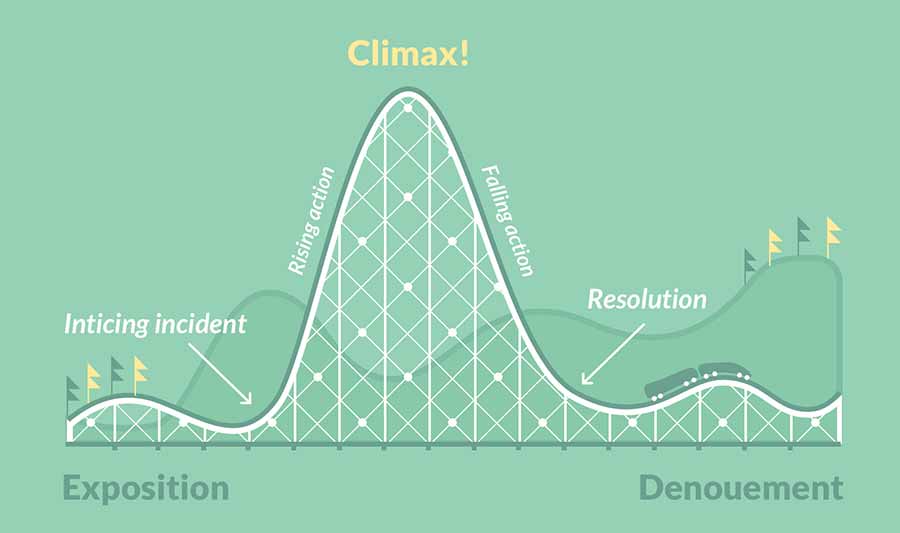A Plots Resolution
- A Plots Resolution
- Resolution Literature
- A Plots Resolution Project
- A Plots Resolution Image
- A Plots Resolution Analysis
Save Figure with Specific Size, Resolution, or Background Color
- The resolution on a plot structure diagram includes the The resolution on a plot structure diagram includes the ending of the story.
- Note that, the argument fallbackresolution is used to control the resolution in dpi at which semi-transparent areas are rasterized (the rest stays as vector format). Export to powerpoint You can export the plot to Powerpoint using the ReporteRs package.

Since R2020a. Replaces Save Figure at Specific Size and Resolution (R2019b) and Save Figure Preserving Background Color (R2019b).
To save plots for including in documents, such as publications or slide presentations, use the exportgraphics function. This function enables you to save plots at the appropriate size, resolution, and background color for your document. The saved content is tightly cropped around the axes with minimal white space. All UI components and adjacent containers such as panels are excluded from the saved content.
The denouement (also called the resolution) is the conclusion to the plot. Typically, the conflict is resolved at this point. The Function of Plot. A story does not exist without a plot. A plot includes every event that occurs throughout a text.

Specify Resolution
To save a figure as an image at a specific resolution, call the exportgraphics function, and specify the 'Resolution' name-value pair argument. By default, images are saved at 150 dots per inch (DPI).
For example, create a bar chart and get the current figure. Then save the figure as a 300-DPI PNG file.
Alternatively, you can specify the axes instead of the figure as the first argument to the exportgraphics function.
Specify Size
The exportgraphics function captures content at the same width and height as it is displayed on your screen. If you want to change the width and height, then adjust the size of the content displayed in the figure. One way to do this is to create the plot in a tiled chart layout at the desired size without any padding. Then pass the layout to the exportgraphics function.
For example, to save a bar chart as a 3-by-3 inch square image, start by creating a 1-by-1 tiled chart layout t, and set the 'Padding' name-value pair argument to 'none'.
Set the Units property of t to inches. Then set the OuterPosition property of t to [0.25 0.25 3 3]. The first two numbers in the vector position the layout at 0.25 inches from the left and bottom edges of the figure. The last two numbers set the width and height of the layout to 3 inches.
Next, create an axes object by calling the nexttile function. Then create a bar chart in the axes.

Save the layout as a 300-DPI JPEG file by passing t to the exportgraphics function. The resulting image is approximately 3 inches square.
An alternative way to change the size is to save the content as a vector graphics file. Then you can resize the content in your document. To save the content as a vector graphics file, call the exportgraphics function and set the 'ContentType' name-value pair argument to 'vector'. For example, create a bar chart, and save the figure as a PDF file containing vector graphics. All embeddable fonts are included in the PDF.
Specify Background Color
By default, the exportgraphics function saves content with a white background. You can specify a different background by setting the BackgroundColor name-value pair argument. These are the possible values:
'current'— Uses the color of the axes parent container (such as a figure or a panel).'none'— Sets the background color to transparent or white, depending on the file format and the value ofContentType:Transparent — For files with
ContentType='vector'White — For image files, or when
ContentType='image'
A custom color, specified as an RGB triplet such as
[1 0 0], a hexadecimal color code such as#FF0000, or a named color such as'red'.
For example, create a bar chart, and save the figure as a PDF file with a transparent background.
A Plots Resolution
Preserve Axis Limits and Tick Values
Occasionally, the exportgraphics function saves your content with different axis limits or tick values depending on the size of the font and the resolution of the file. To keep the axis limits and tick values from changing, set the tick value mode and limit mode properties on the axes to 'manual'. For example, when plotting into Cartesian axes, set the tick value and limit mode properties for the x-, y-, and z-axis.
For polar plots, set the RTickMode, ThetaTickMode, RLimMode, and ThetaLimMode properties on the polar axes to 'manual'.

Resolution Literature
See Also
Functions
A Plots Resolution Project
copygraphicsexportgraphicsnexttiletiledlayout
Properties
- Axes Properties PolarAxes Properties TiledChartLayout Properties
A Plots Resolution Image
